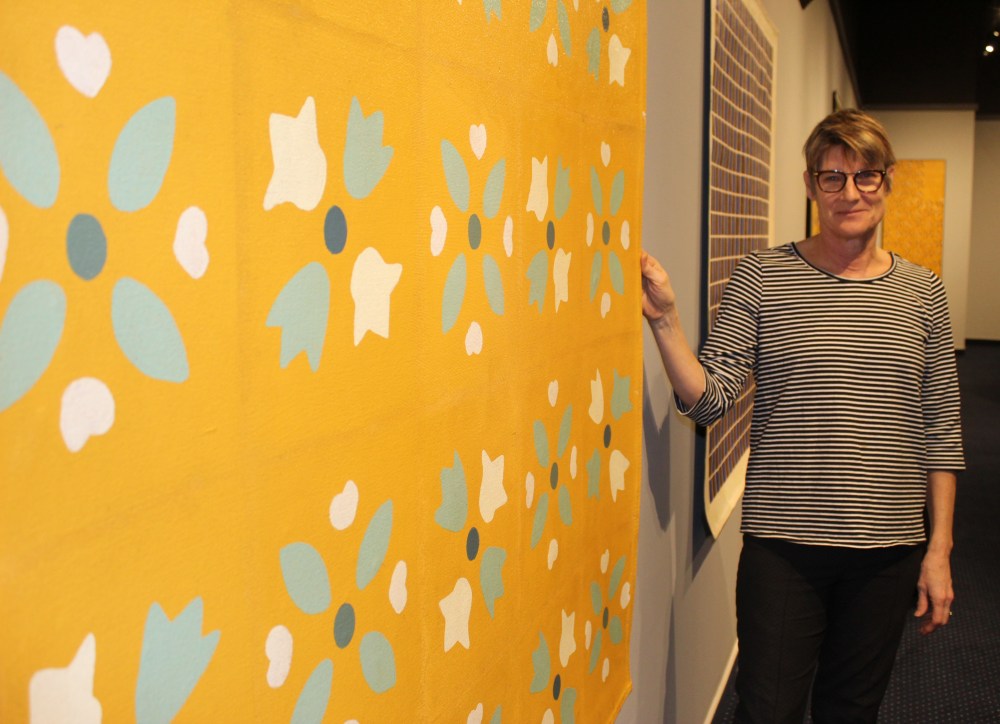EastMenn Historical Committee AGM will focus on Mennonite material culture
Advertisement
For those who want to learn more about Mennonite material culture, or have an artifact from their Mennonite family tree and want to learn more about that, they should come to the Mennonite Heritage Village on Jan. 25.
The Manitoba Historical Society’s EastMenn historical committee, which studies the Mennonite east reserve, will hold its annual general meeting where it will explore Kanadier Mennonite material culture from the 1870s in rural Manitoba with it’s “The Objects We Hold Dear” event.
The keynote speaker is Dr. Roland Sawatzky, who is the historical curator at the Manitoba Museum. His research interests include the social meaning of material culture, 19th century settlement in Manitoba, life in the home, and historical archaeology.

“A lot of people have this idea that Mennonites historically have not been an esthetic people, that they were so simple that there was not much there to look at – there was nothing beautiful. And that’s something I want to work against because before the 1920s this was a community that had lots of beautiful things,” he said.
The material culture Sawatzky will point to in his presentation includes furniture; text illuminations; architecture, such as house barns; head coverings; artforms in the 20th century that replaced earlier artforms such as village photography, floor paintings, and quilting.
“People think of (quilting) as an ancient Mennonite art but it’s quite recent in Manitoba. There’s no examples of it during their time in the Ukraine. It’s something that they adopted when they were here in North America because it was common among the English,” he said.
Another art form that can be seen in the MHV archive and its exhibit, Mennonite Reflections, is text illuminations, whereby beautiful patterns of flowers, stars, vines, people or animals surround beautiful penmanship. Or for the romantics out there, another text illumination is mazes of poetry that meander around the delicate designs of a cut paper snowflake.
Sawatzky said the traditions of the 1874 settlers transplanted into Manitoba when the Kanadiers moved here, but you start to see a slow change right into the 1910s and 1920s until they virtually disappear by the Depression of the 1930s and replaced by other material culture.
“By the time you get to the 1940s and 50s a lot of those beautiful visual artistic traditions are gone or suppressed and then it’s only in the 1960s, 70s, and 80s that individual Mennonite artists started exploring visual identity again but that’s very much in modern terms like exhibits in galleries and things like that.”
Some examples of changes that occurred is the building of house barns to catalogue homes to eventually bungalows of the 1940s.
“The house barn architecture has been around for 6,000 years in northern Europe. So, not only did they get rid of their own tradition, they got rid of a 6,000 year old tradition in one generation here in Manitoba, which means that things changed a lot here. For them there were very good reasons for that change and I’ll be talking about that,” said Sawatzky.
“Some of these things like the architecture, the village setting, even the text illuminations, even the furniture, they all lose relevance once they’re moving out of the village and they begin to replace things they make with the things they can purchase, and the value is in the purchase itself, rather than the hours that you put in to making it,” he noted.
Sawatzky said the cultural significance of the artifacts lies not in their beauty but in what they did for the individual, for the group, or a young couple moving into a household. It was the incorporation of the individual into Mennonite society.
Further, Sawatzky explained that what the artifacts reveal about the Mennonite society is that the art is simple enough that everybody can take part in it, such as building a house barn.
With all the changes to North American Mennonite culture there were two things that the Mennonites kept and adapted and that was literature and music.
“Those things they always had it was always a big part of their worship and education so it’s not surprising that over the last 50 years Mennonites have risen to this national prominence in music and literature,” said Sawatzky.
Regarding the Southeast, Sawatzky said the Mennonites kept a sense of community and community observance in terms of being tied to one another and one another’s families, which is not so prevalent in big cities or mainstream culture. Another notable observation is the prominence of churches and religious observance.
For those who are interested in learning more, visit MHV between 1 p.m. and 9 p.m. For those that are interested in learning about their artifacts they should visit the museum between 3 p.m. and 5 p.m. For more information visit mmhs.org/objects/.
